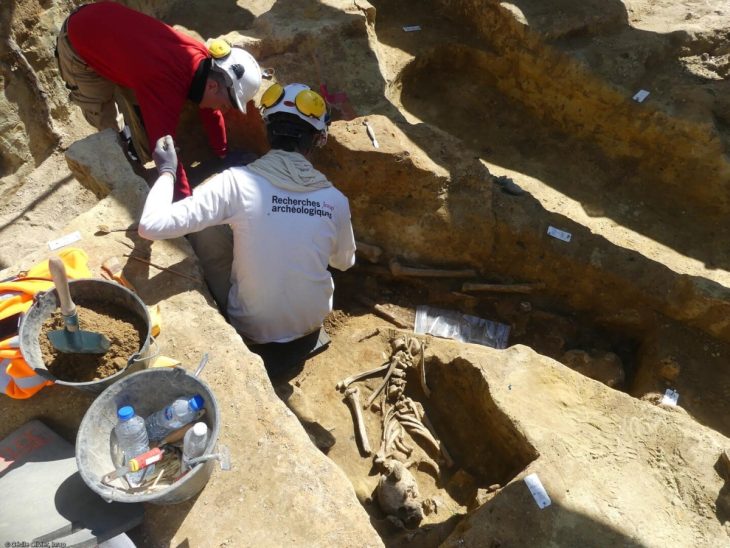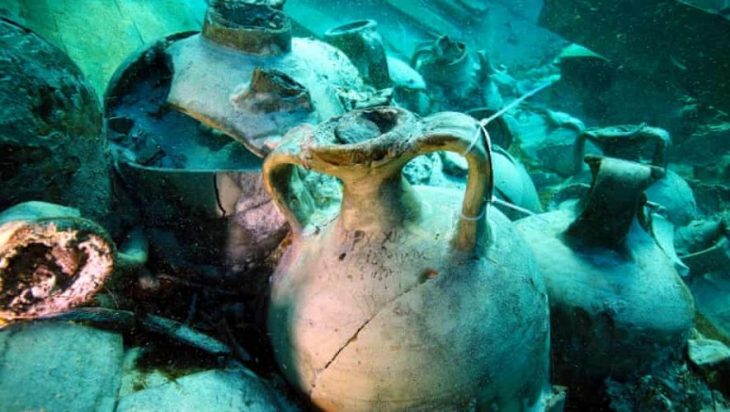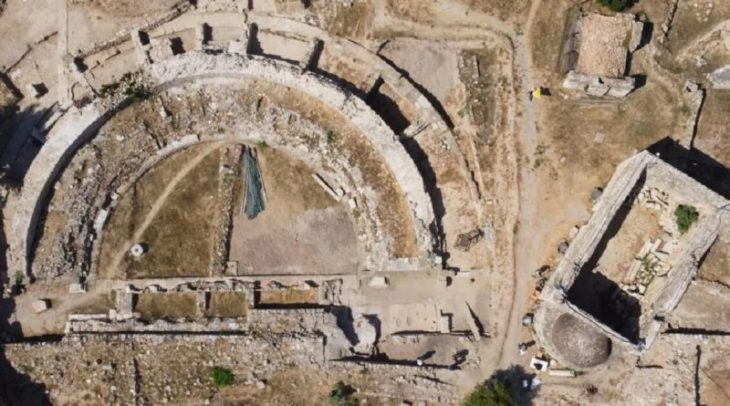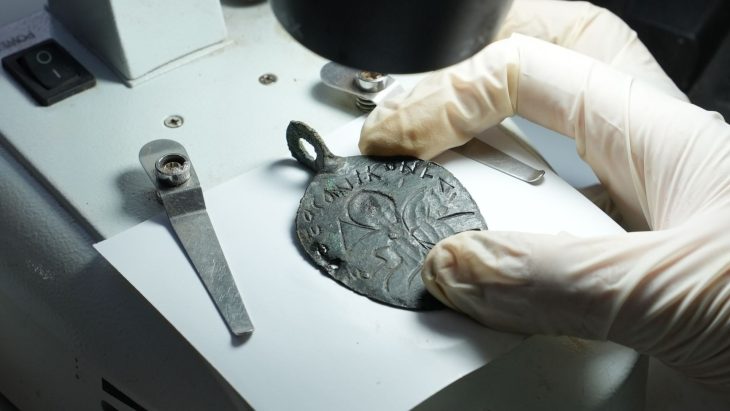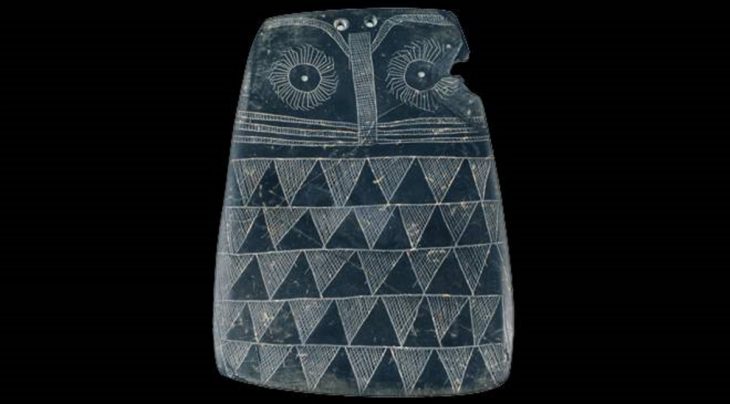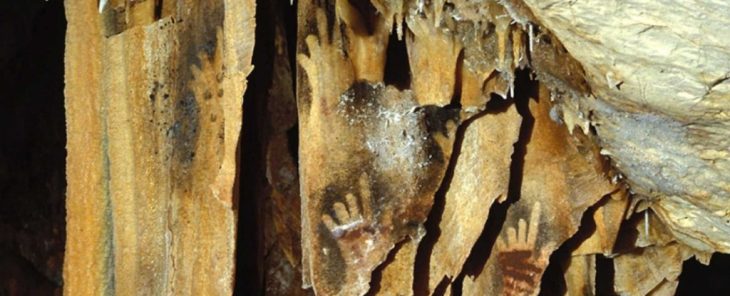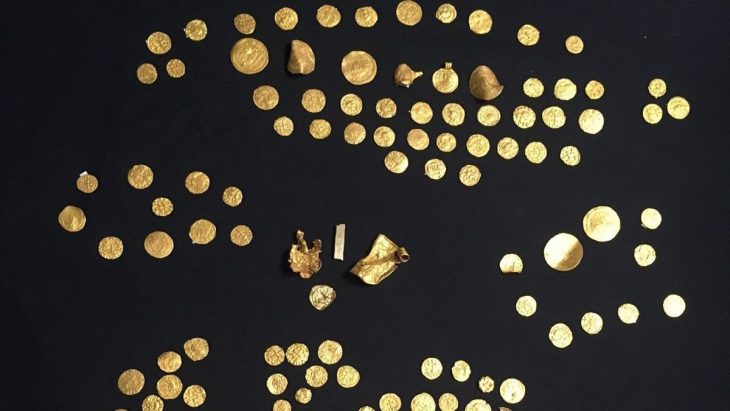For the third time in a month and a half, archaeologists have found a new rune in Oslo. The artifact was unearthed during excavations by the Norwegian Institute for Cultural Heritage Research (NIKU) for the medieval park in Oslo’s Old Town.
The latest discovery is a roughly cut wooden object that measures 11.4 centimeters in length, carved with eight runes.
Archaeologists found the wooden object in the same waste layer as the falcon figure found in December.
The discovered rune was deciphered by Kristel Zilmer, professor of runology at Universitetet Oslo.
Zilmer suggested that the text is an owner’s inscription, with the name spelled as ‘asbin’ and likely stands for ‘Ásbjǫrn’, a common Old Norse male name that can be found in medieval writings often written in Latin script. The rest of the text in Norse is ‘á mik’ which means ‘owns me’.
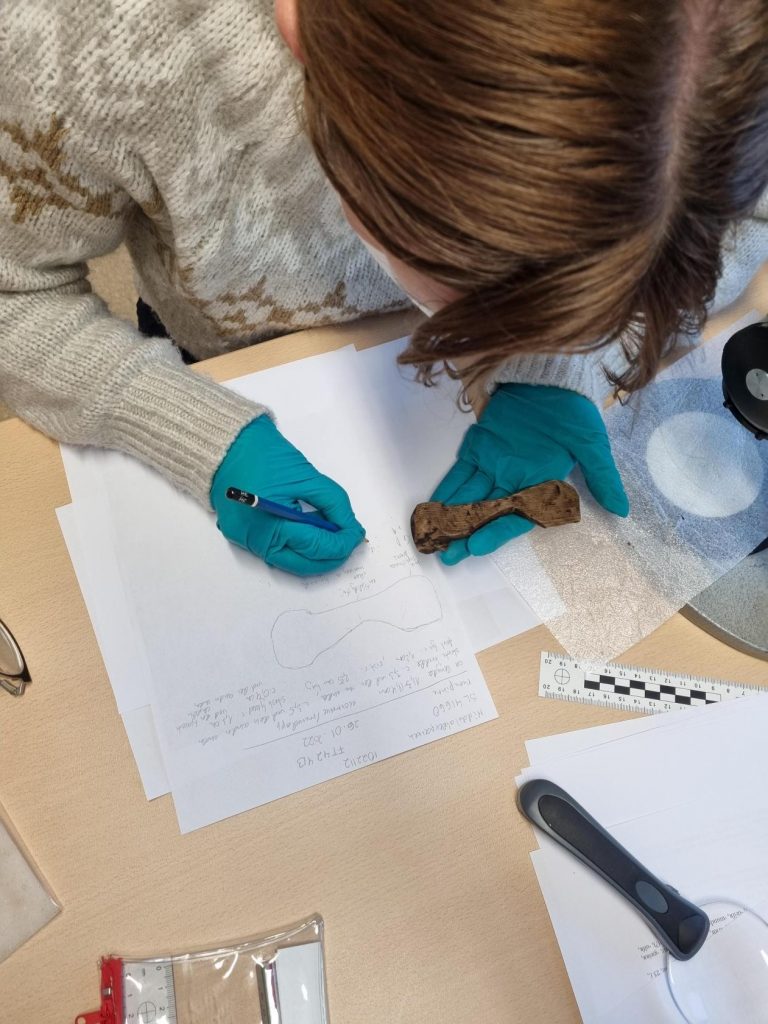
The shape of the object suggests that it was used as a label or marker, possibly attached to something to indicate that ‘Asbjørn owns me’ to mark his property, such as goods or personal items.
“We can’t say anything about what Asbjørn has marked as himself,” says Trond Engen, field manager at Medieval Park.
Although we do not know what Asbjørn actually owned, the marker gives us the name of a real person who lived in Oslo in the 13th century, giving an insight into the city’s trading activity during the 13th century.
Common goods traded in medieval Oslo were imported grain, honey and other foods, salt, beer and wine, basic metal, ceramics and glass, clay pots, baking slabs, millstones and whetstones, imported textiles, etc. was.
Asbjørn was probably a trader that operated in the Klemetsallmenningen area of Olso around the harbour.
Photo by Linda Åsheim.



